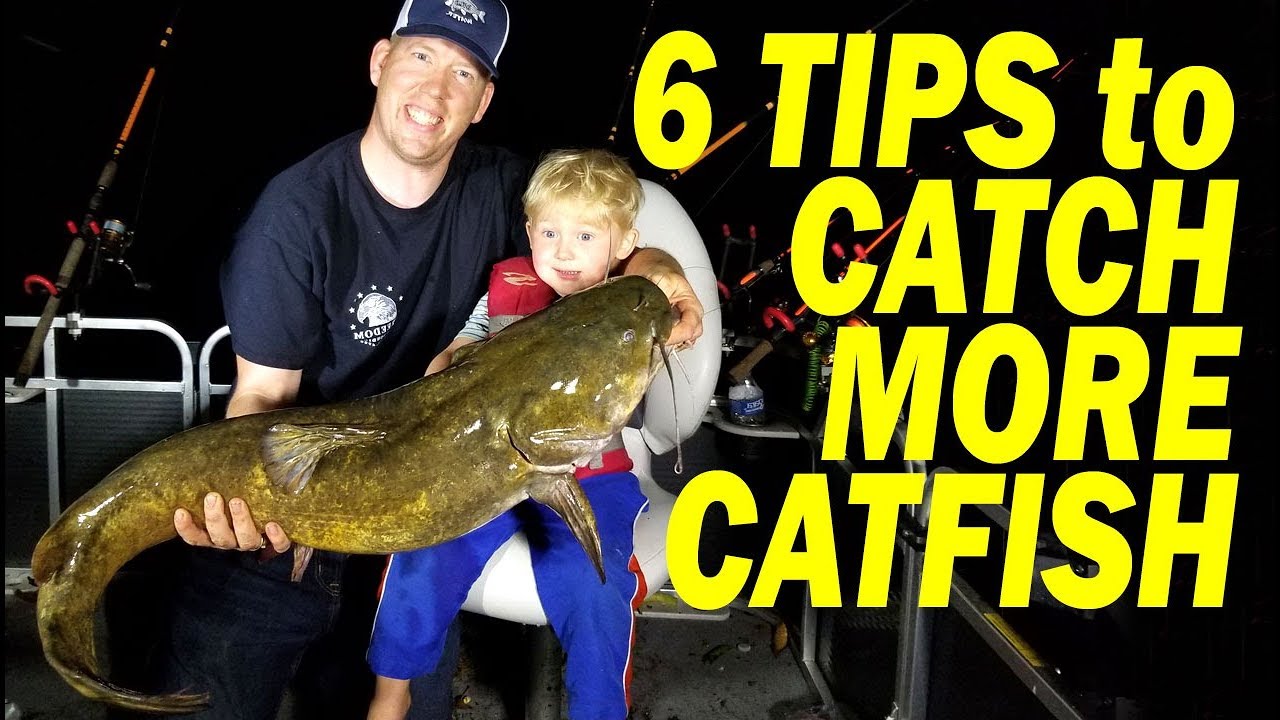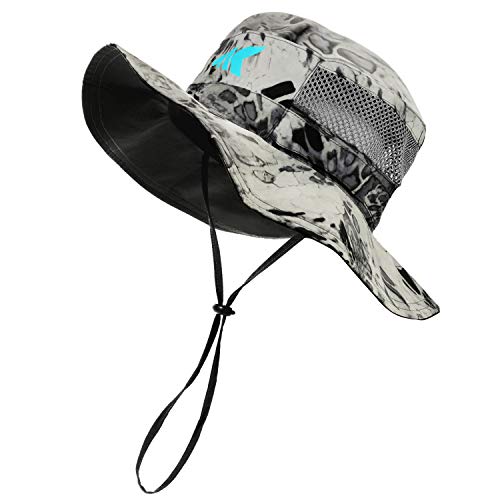Channel Catfish Fishing Guide: Techniques, Tips, and Insights
Channel Catfish Fishing Guide
Channel catfish (Ictalurus punctatus) are one of the most sought-after freshwater fish species in North America. Known for their distinctive whisker-like barbels and forked tails, they inhabit a variety of freshwater environments, including rivers, lakes, ponds, and reservoirs. Their popularity among anglers stems from their abundance, size, and the thrilling fight they provide when hooked.
Habitat and Distribution
Channel catfish are adaptable fish found in a wide range of freshwater habitats across the United States, from large rivers and lakes to smaller ponds and streams. They prefer clear, slow-moving waters with gravel, sand, or rocky bottoms. They are also known to inhabit areas with submerged structures like logs, rocks, and vegetation, which provide cover and feeding opportunities.
Behavior and Feeding Patterns
Channel catfish are primarily nocturnal feeders, making them more active during the night and early morning. They use their highly sensitive barbels to detect food in murky waters. Their diet is varied and includes:
- Invertebrates: Crayfish, insects, and worms.
- Fish: Smaller fish and fish eggs.
- Plants: Aquatic vegetation.
- Carrion: Dead and decaying organic matter.
Best Times and Seasons for Fishing
Channel catfish can be caught year-round, but there are peak seasons and times for optimal success:
- Spring: During the spawning season (late spring to early summer), channel catfish are more aggressive and easier to catch.
- Summer: Warm temperatures increase their metabolism, making them more active and likely to feed.
- Fall: Cooler temperatures in early fall can also result in increased activity.
- Night Fishing: Nighttime is generally the best time to fish for channel catfish due to their nocturnal nature.
Fishing Techniques
Bank Fishing
Bank fishing is a popular method due to its simplicity and accessibility. Key tips include:
- Location: Fish near submerged structures, drop-offs, and along the shoreline where catfish are likely to feed.
- Bait: Use natural baits such as nightcrawlers, chicken liver, or prepared stink baits.
- Tackle: Medium to heavy rods with sturdy reels and 10-20 lb test line.
Boat Fishing
Boat fishing allows anglers to reach deeper waters and less accessible spots. Techniques include:
- Drift Fishing: Slowly drift your bait along the bottom to cover a wide area.
- Anchor Fishing: Anchor near likely catfish habitats and cast out multiple lines with different baits.
- Sonar Use: Utilize fish finders to locate schools of catfish and submerged structures.
Trotlining
Trotlining is an effective method for catching large numbers of catfish. It involves setting a long line with multiple baited hooks across a body of water.
- Setup: Secure the line between two points, such as trees or stakes, and ensure it is tight.
- Bait: Use a variety of baits to increase chances of success.
- Check Regularly: Check the trotline frequently to remove caught fish and rebait hooks.
Recommended Gear
Rods and Reels
- Rods: Medium-heavy to heavy rods, 7-9 feet in length.
- Reels: Baitcasting or spinning reels with a smooth drag system.
Lines and Hooks
- Lines: Braided or monofilament lines, 10-20 lb test.
- Hooks: Circle hooks, size 1/0 to 4/0.
Additional Equipment
- Sinkers: Use appropriate sinkers to keep your bait near the bottom.
- Bobbers: Slip bobbers can help detect bites and keep bait at the desired depth.
- Nets: Landing nets are essential for safely landing large catfish.
Conservation and Regulations
Responsible fishing practices are crucial for the sustainability of channel catfish populations. Follow these guidelines:
- Catch and Release: Practice catch and release to preserve fish populations, especially for larger, breeding-sized catfish.
- Follow Local Regulations: Adhere to local fishing regulations, including size and bag limits.
- Avoid Overfishing: Take only what you need and be mindful of the environmental impact.
Frequently Asked Questions (FAQs)
What is the best bait for channel catfish?
The best baits include chicken liver, nightcrawlers, cut bait, and commercial stink baits. The choice of bait can vary depending on the season and fishing location.
When is the best time to catch channel catfish?
Nighttime and early morning are the best times due to their nocturnal feeding habits. Spring and summer are peak seasons for increased activity.
How big can channel catfish get?
Channel catfish can grow up to 40-50 pounds, but most commonly, they are caught in the 2-10 pound range.
What type of habitat do channel catfish prefer?
They prefer clear, slow-moving waters with gravel, sand, or rocky bottoms and areas with submerged structures.
Conclusion
Channel catfish fishing offers a rewarding experience for anglers of all skill levels. By understanding their habits, using the right techniques, and following responsible fishing practices, you can increase your chances of success and contribute to the sustainability of this popular fish species. Happy fishing!































